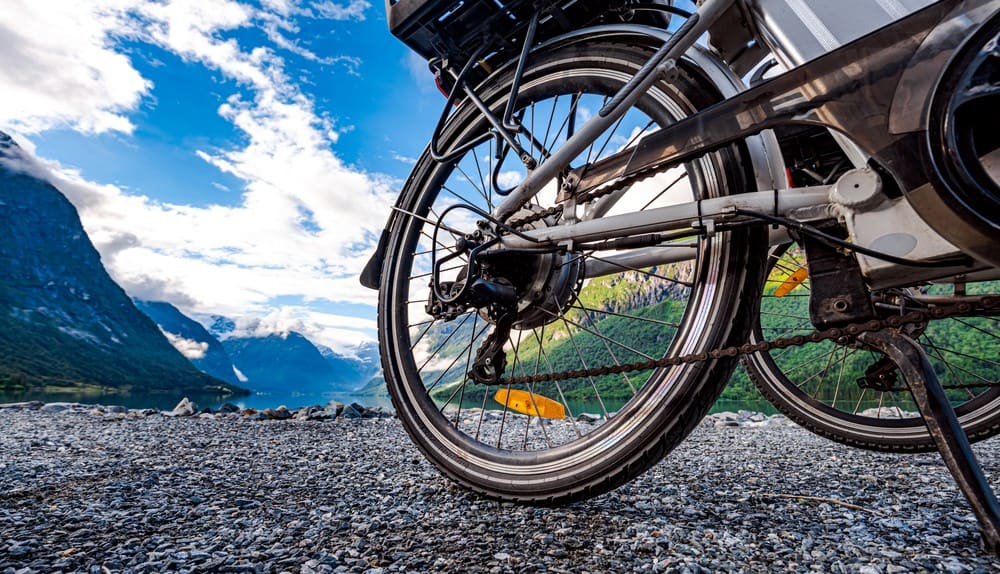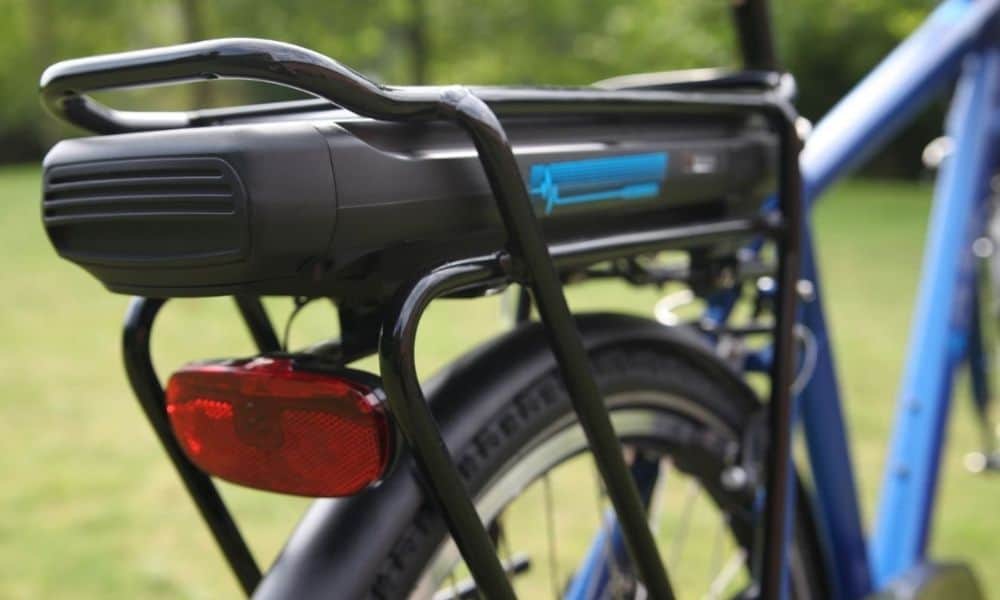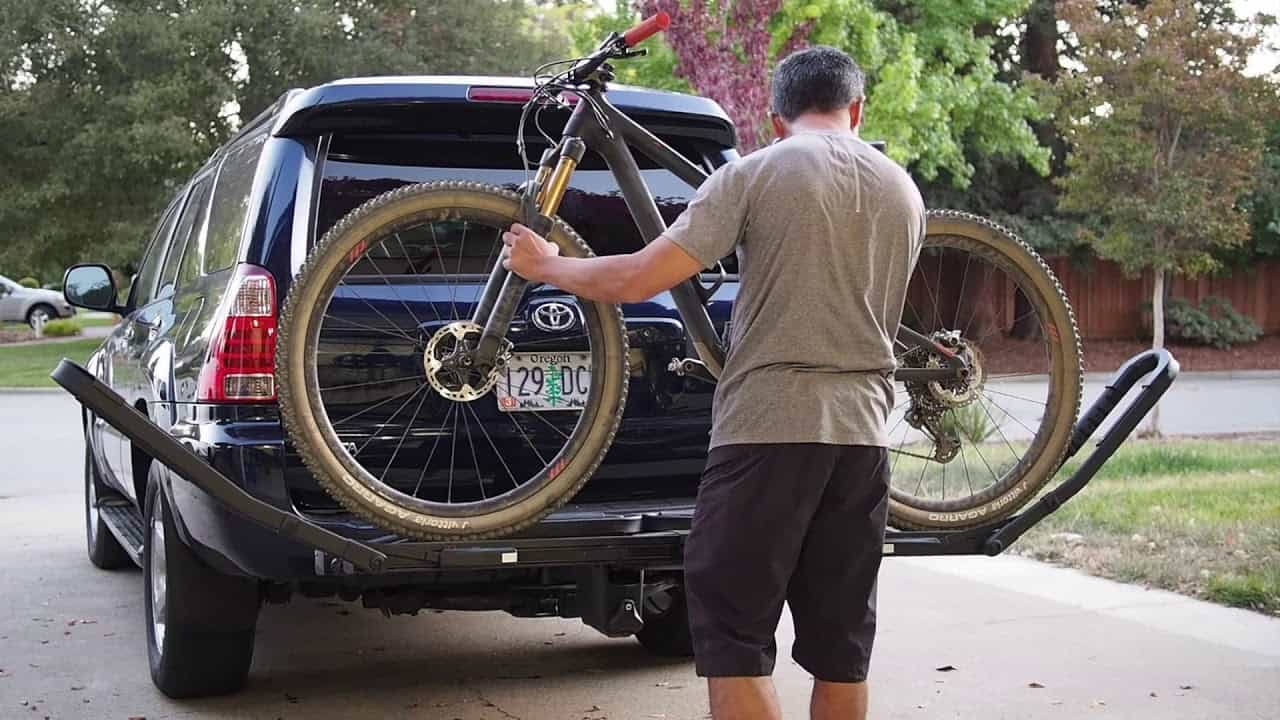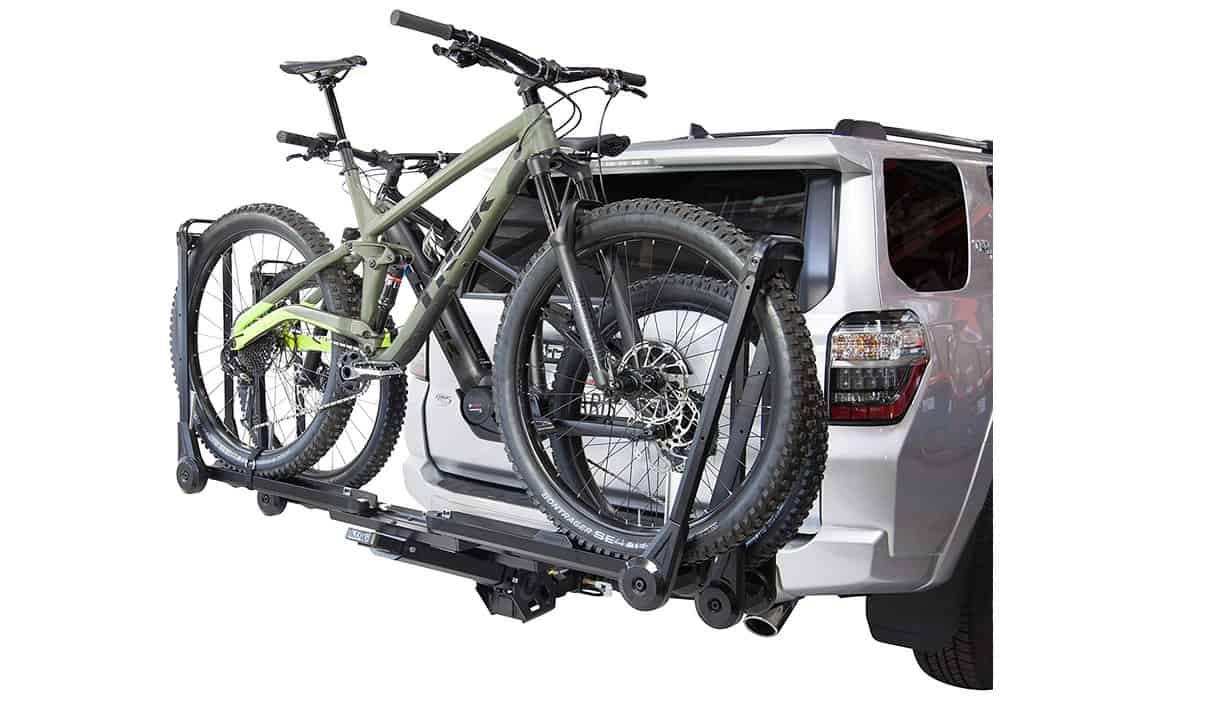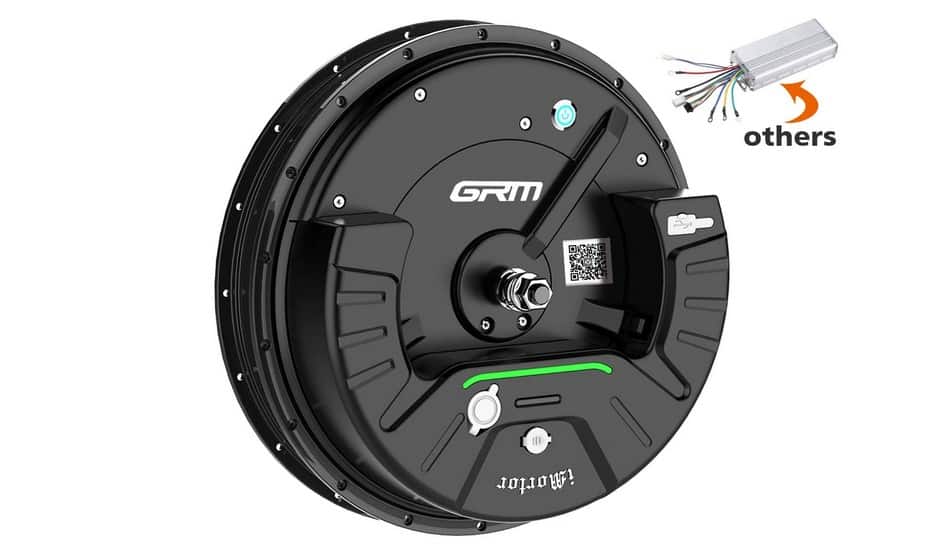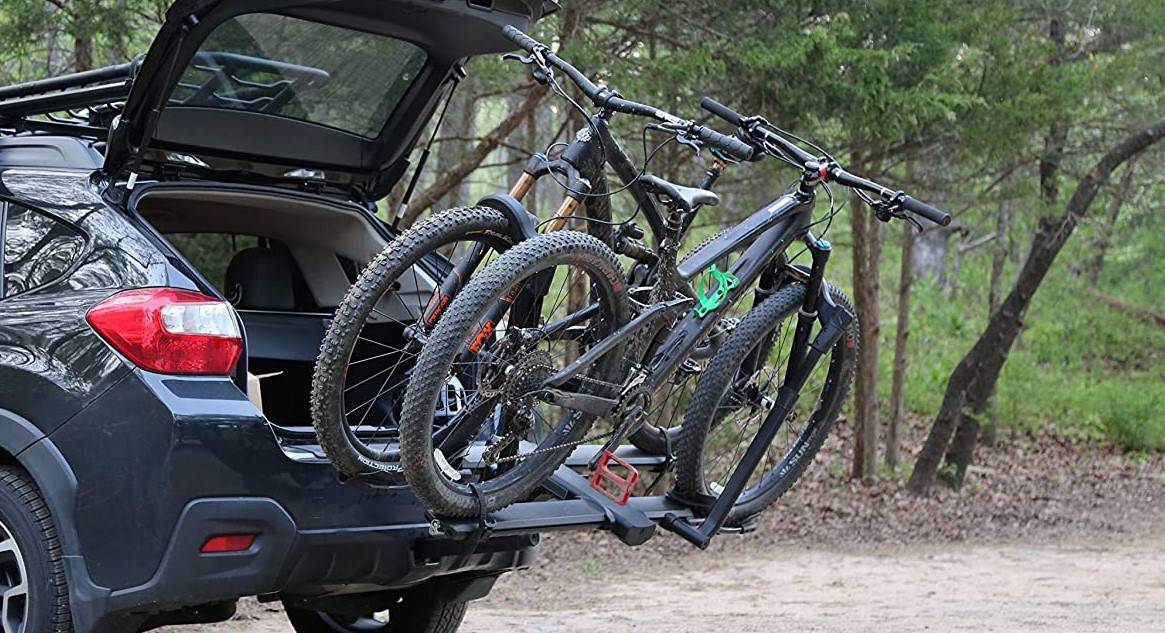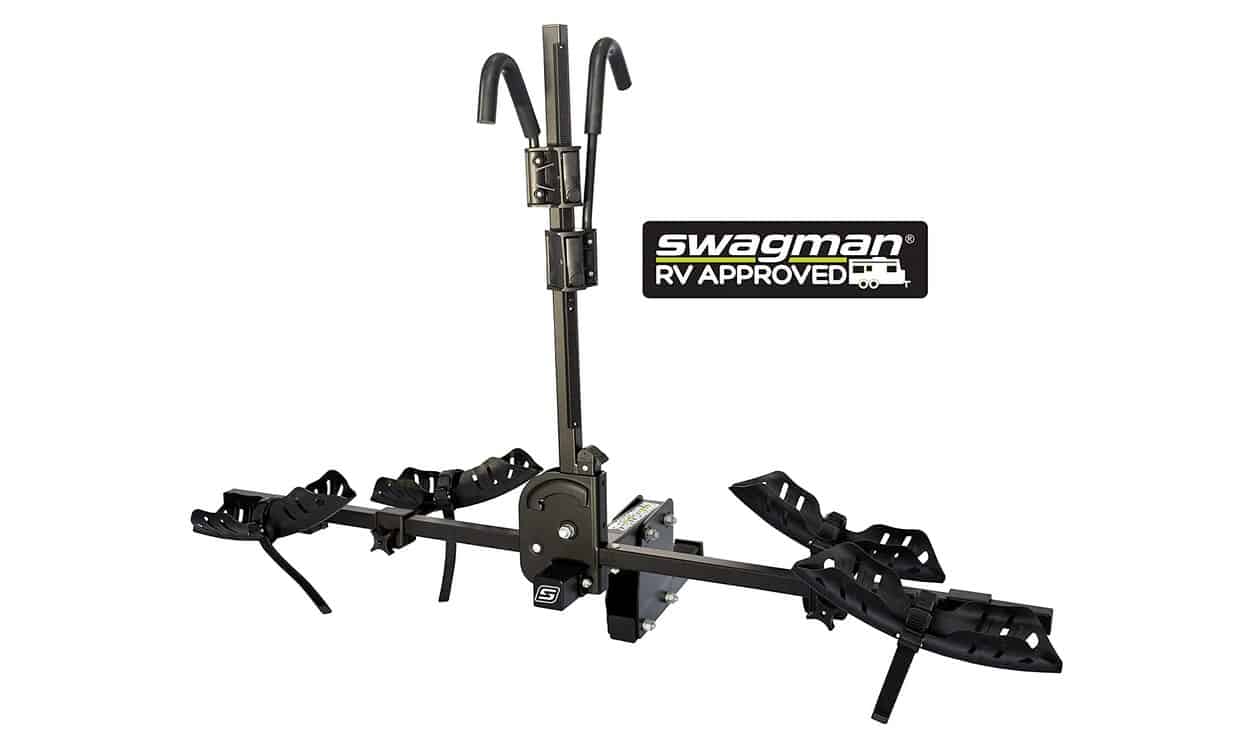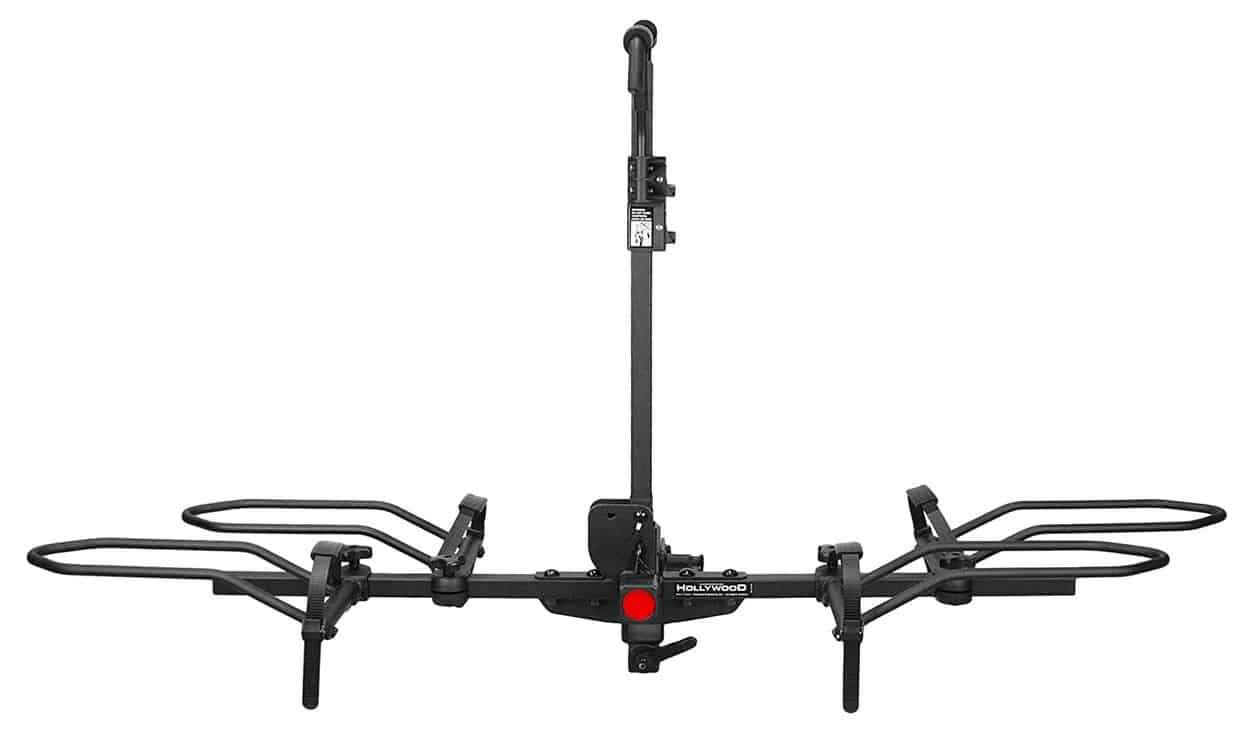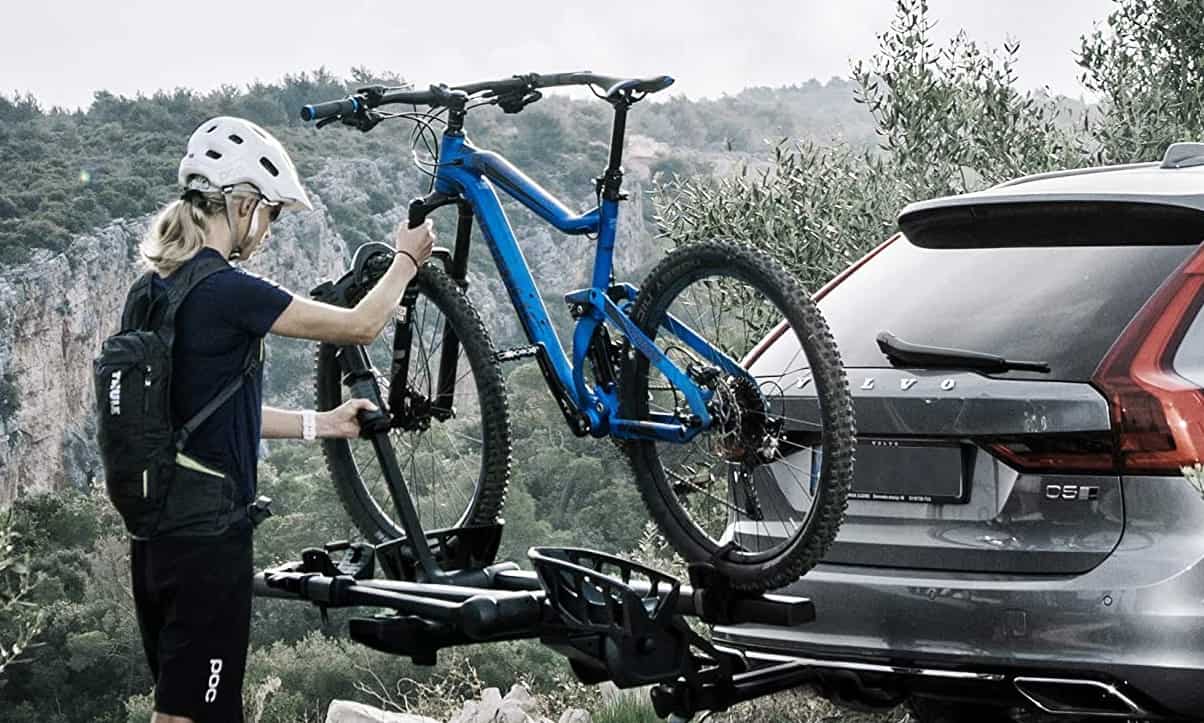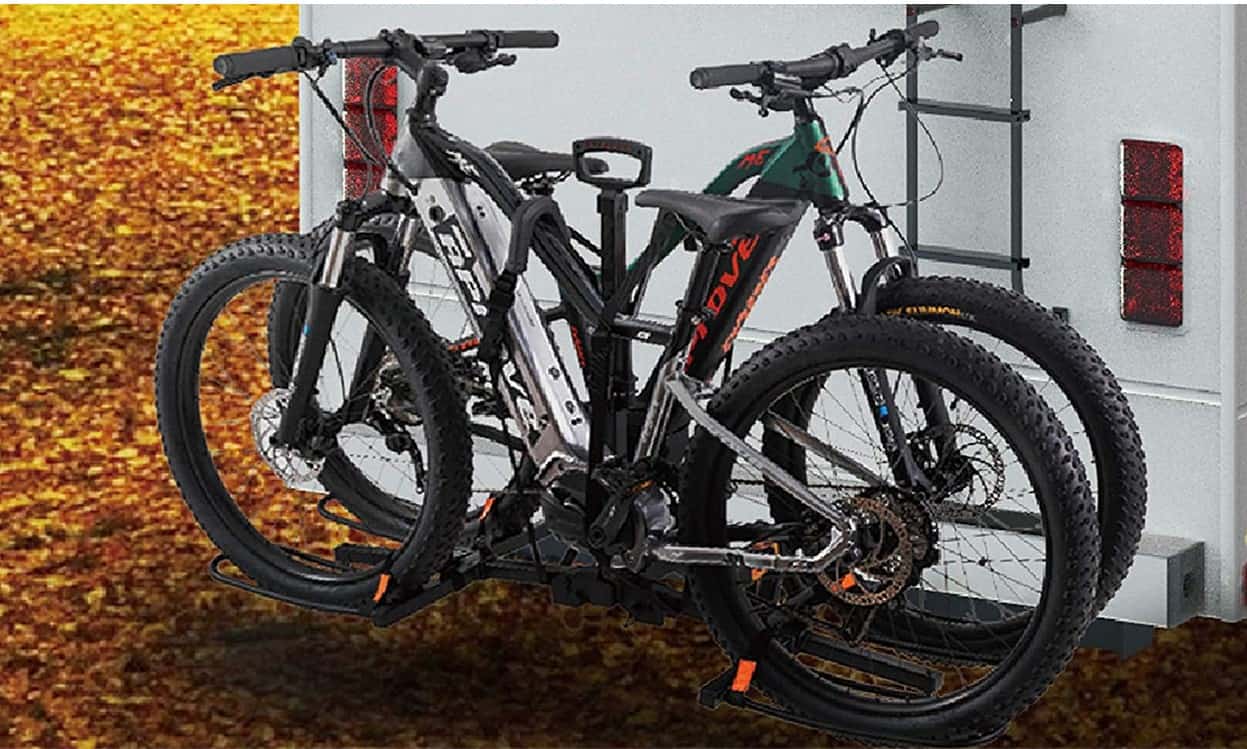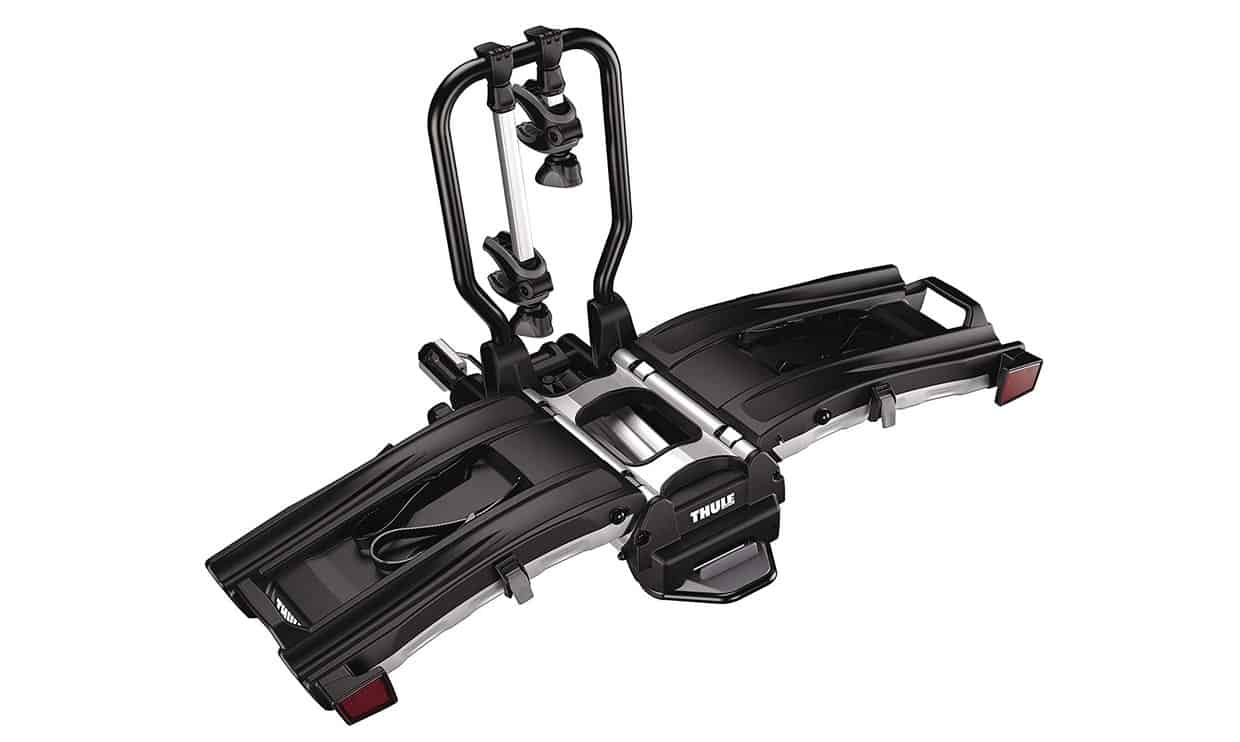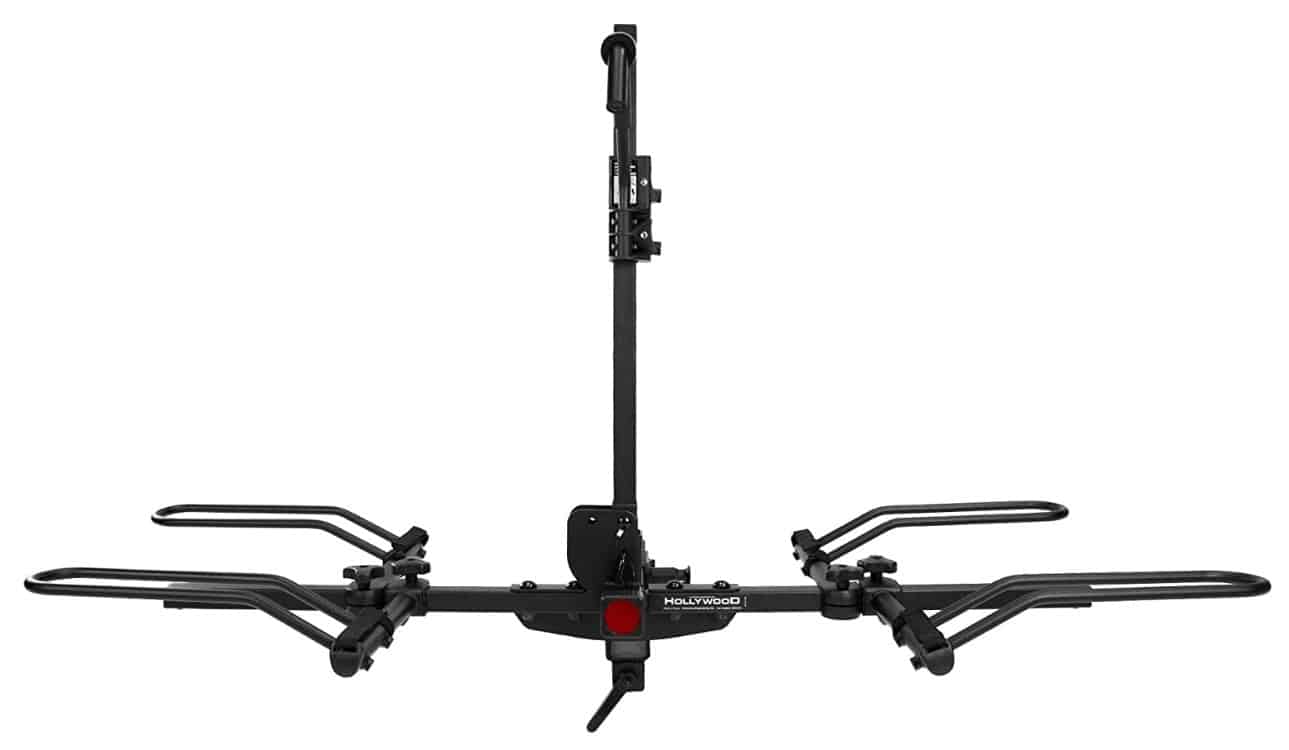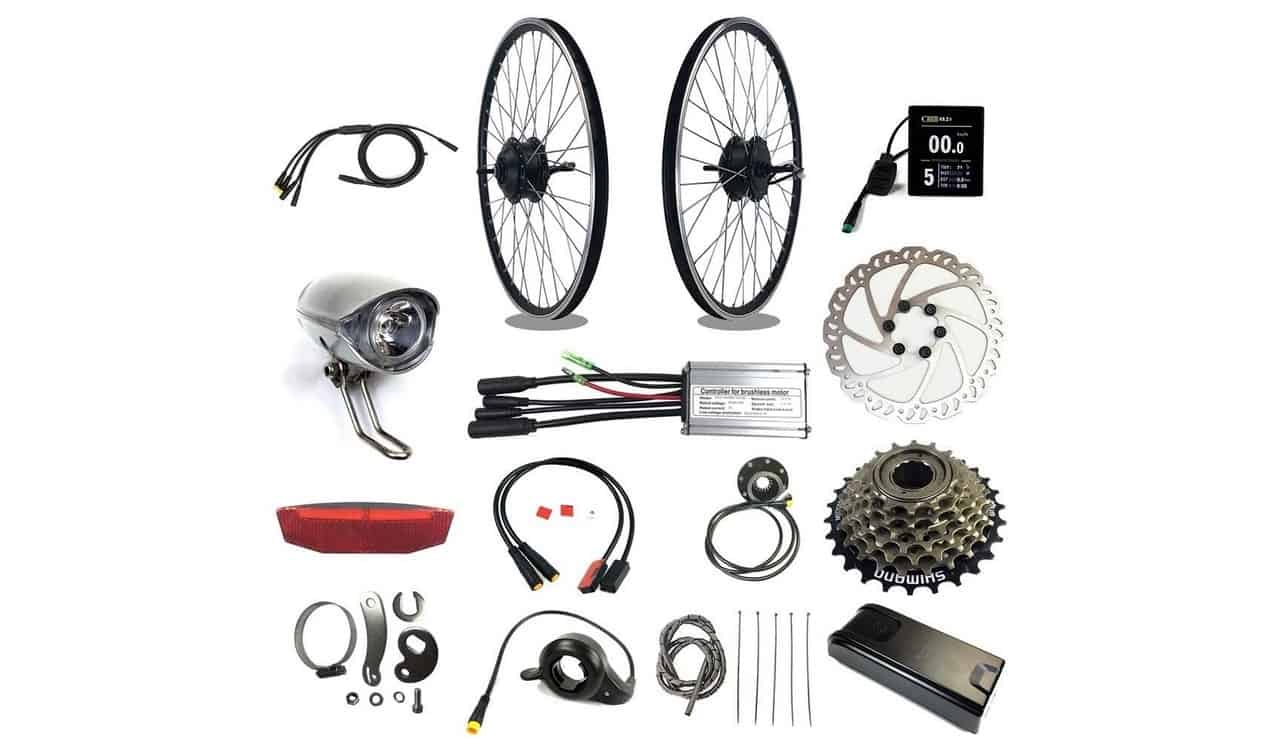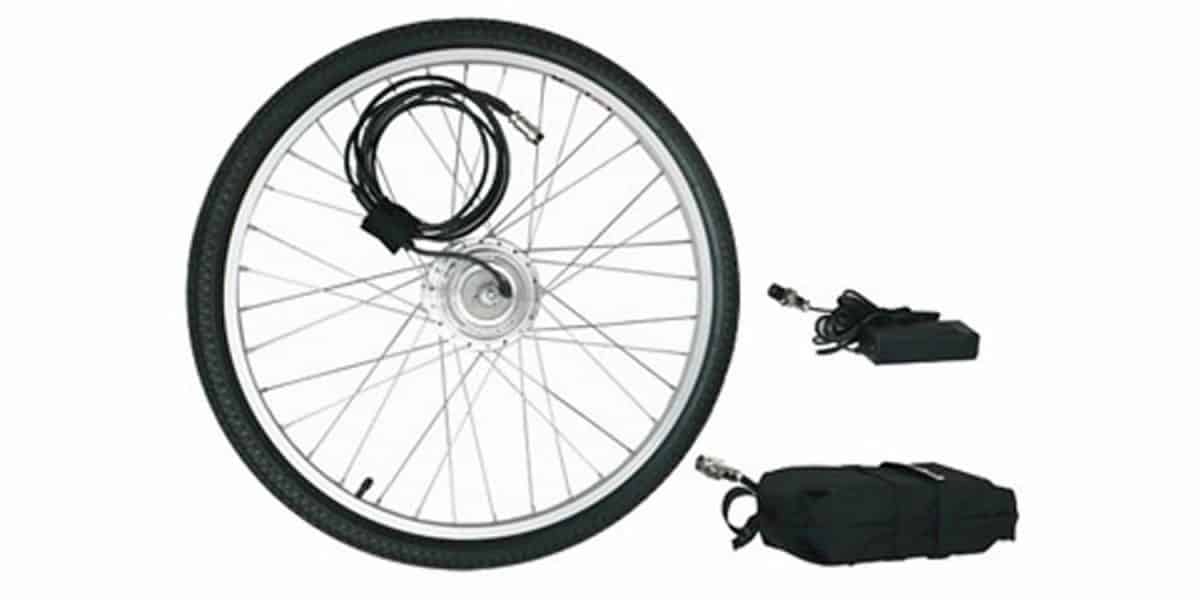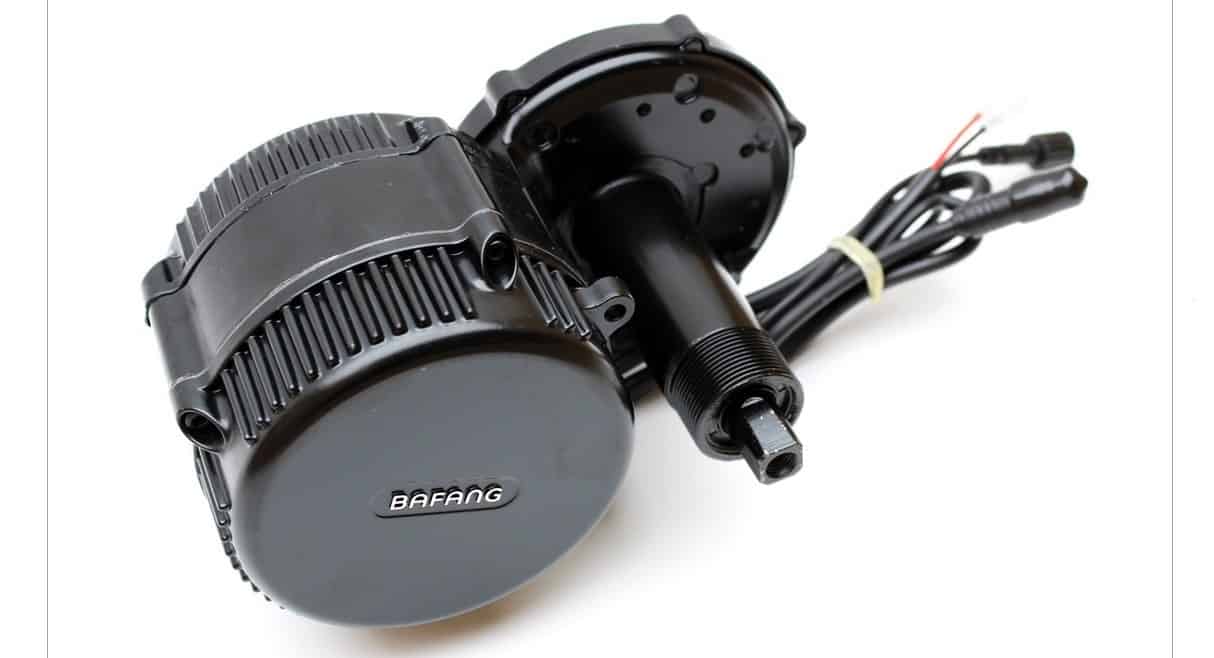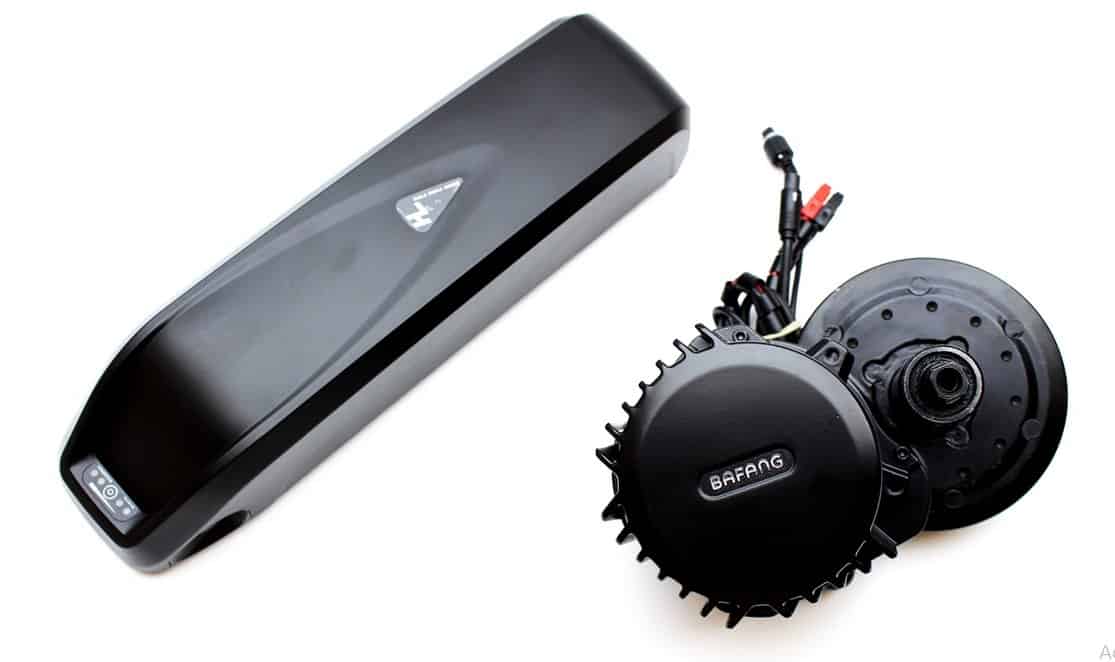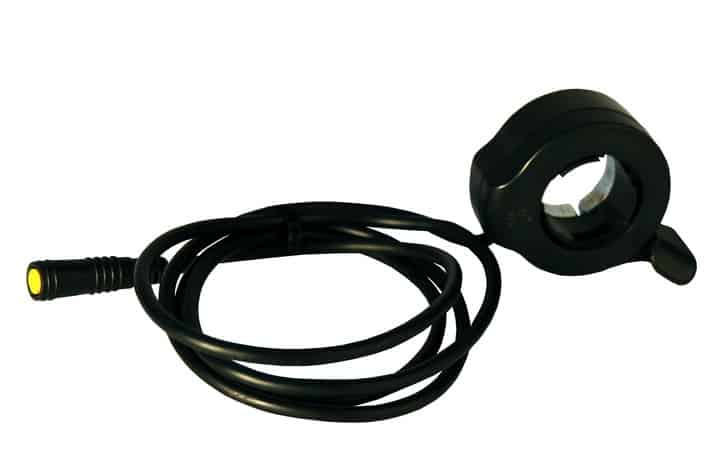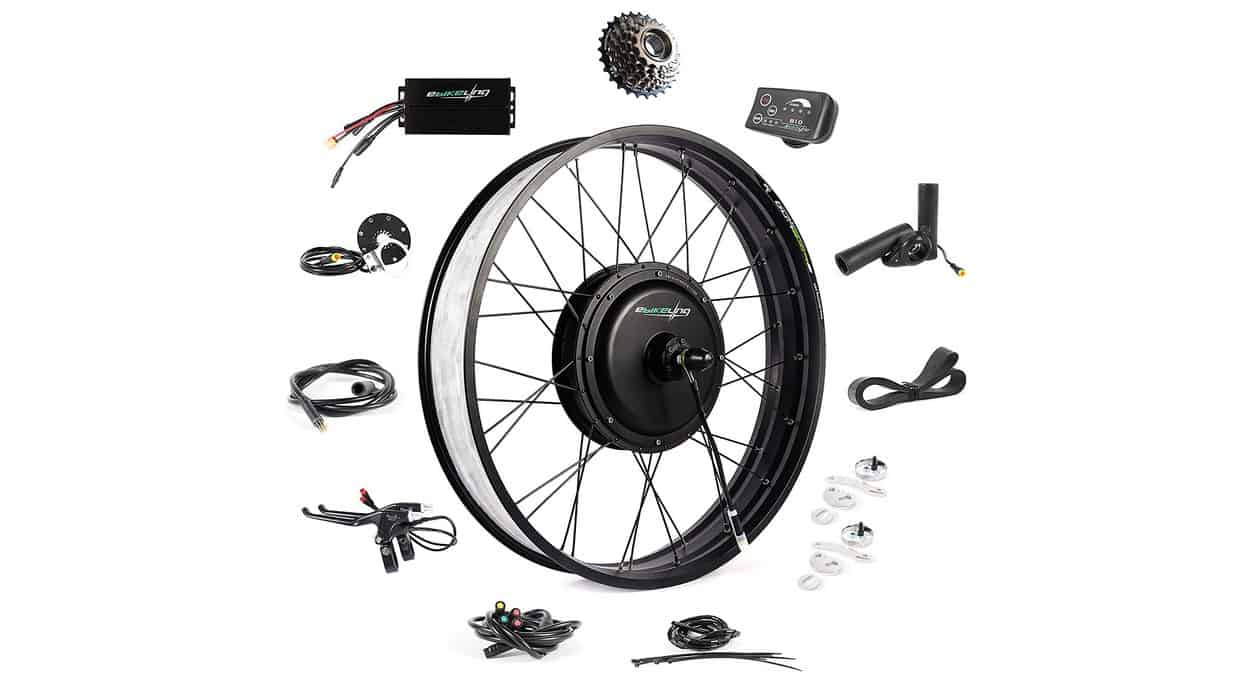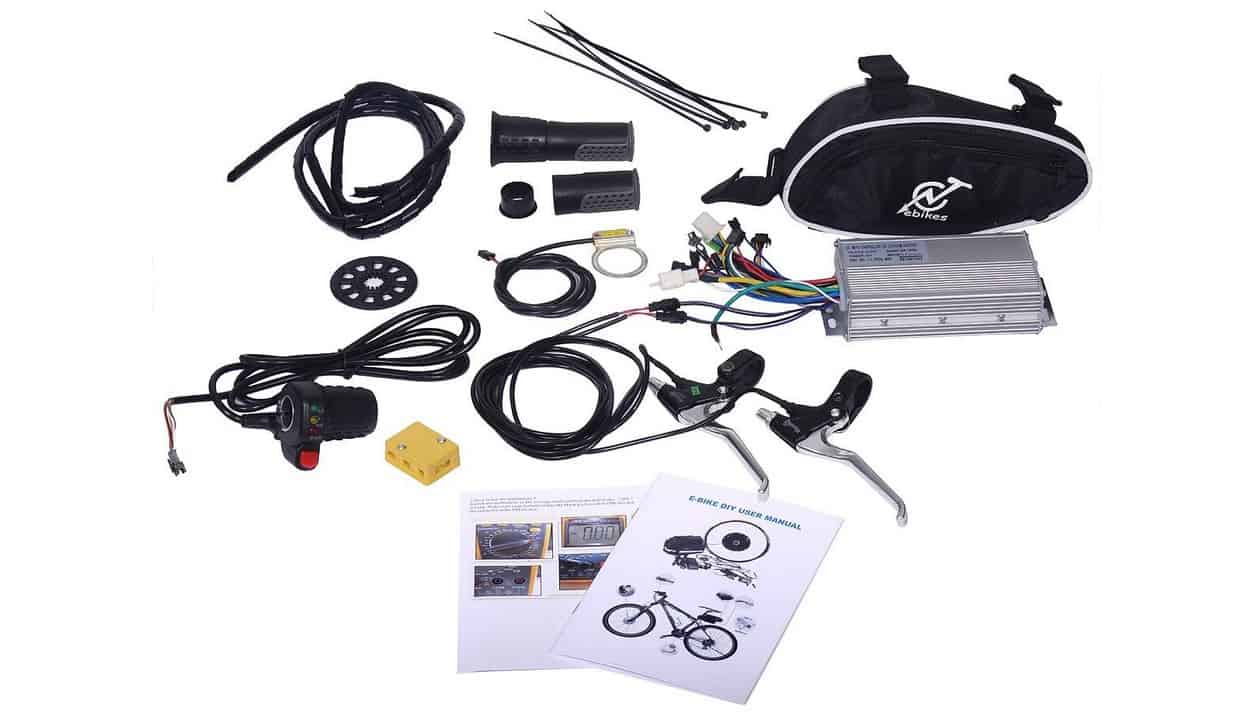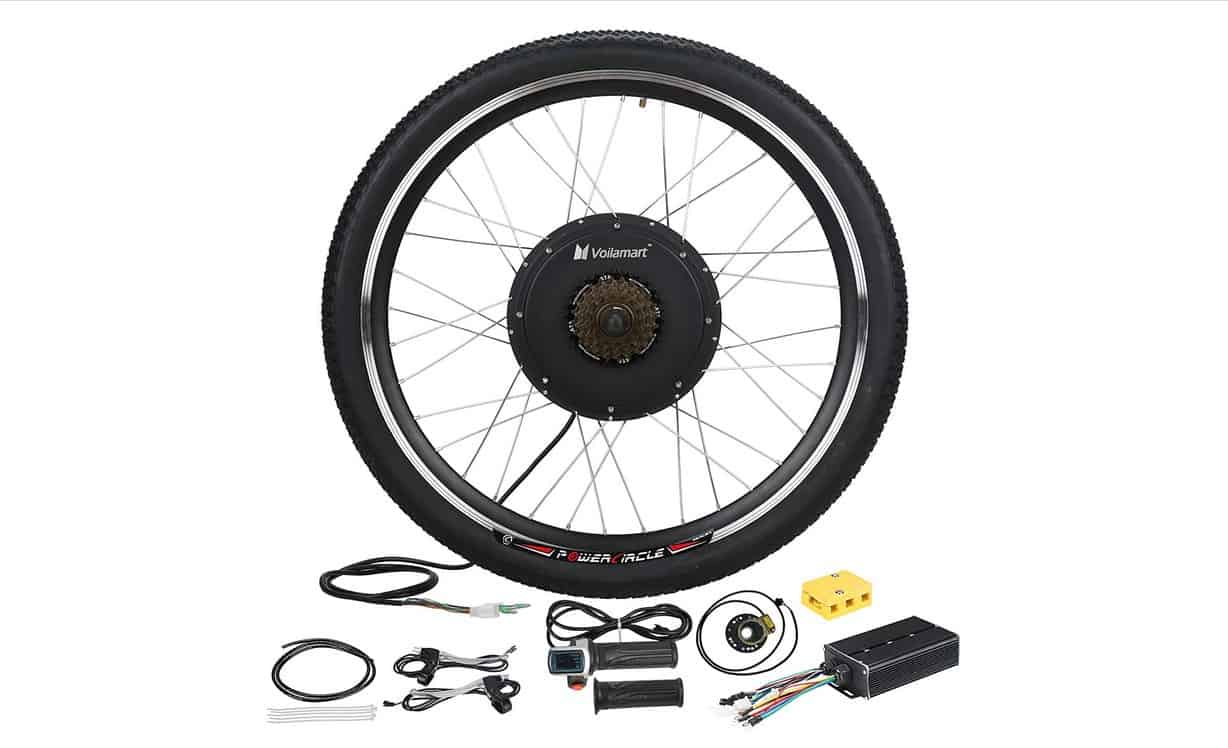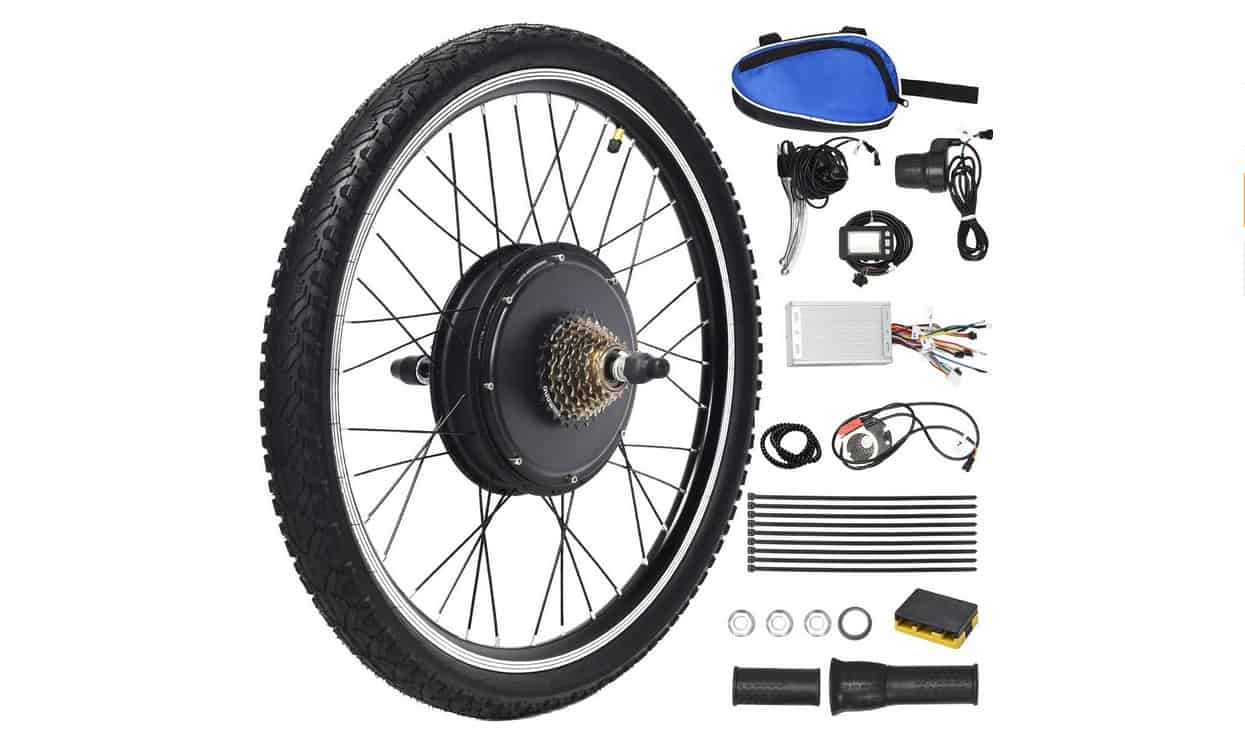If you’re in the market for an electric bike, one of the factors you should be looking at is battery efficiency, so it’s worth knowing something about electric bike rider weight and battery riding range, or range per charge.
KEY TAKEAWAYS:
- Rider weight affects battery range moderately on flat terrain, but exponentially on inclines and rougher terrain.
- Proper maintenance of an e-bike, such as keeping tire pressure optimal and keeping a minimum charge during storage can help minimize the effects rider weight can have on battery efficiency
- Range per charge stats on e-bike product descriptions are generally accurate but based on “optimal” riding conditions including minimal rider weight, flat terrain, and good weather.
There’s plenty of information available, thankfully, on how rider weight can affect energy efficiency in light vehicles, all of which will help you to find the best electric bike for your needs. You may want to take a look at how e-bike battery range is determined in general as well.
How Rider Weight Affects Battery Efficiency In E-Bikes
The range and energy capacity of Ebike batteries can seem wildly inconsistent and varied, but there’s a good reason for that: many factors affect an e-bike’s range besides the bike itself. The terrain rode on, wind and weather conditions, and tire type can all shorten or lengthen battery range significantly, but rider weight is probably the easiest factor to measure on a user-by-user basis- though it’s still not an exact science.
Insider Tip
Keeping tires properly inflated, relying on pedal power as much as possible, and keeping your battery charged during storage can help mitigate weight load effects on battery efficiency.
So how much of a part does rider weight play? Though it’s difficult to calculate with 100% accuracy, the answer is that it does affect the efficiency of lithium battery cells, sometimes significantly, depending on certain factors. Learning how e-bike motors work can also help you better understand how those factors play into battery efficiency.
Weight Limits
The weight limit of most e-bikes currently on the market is about 220-300 lbs, though some available models have weight limits of up to 500lbs. Battery performance numbers listed on e-bike descriptions are generally estimated for the weight of the average user- 120-180 lbs- so within that range, there’s not going to be as much of an effect on battery efficiency. Some range numbers are based on lighter weights instead of average weights, so read the fine print if you can.
Exceeding that range, and it’s estimated that weights of up to 280 pounds can shorten the life of e-bike batteries- or maximum battery capacity- by up to 25% if ridden mostly on flat terrain. On steep hills, gravity becomes more of a factor, and rider weight can battery power and range by as much as 75% closer to maximum weight limits.
Electric bike batteries can also be upgraded or replaced, with different levels of voltage and battery capacities, for example, (as can an e-bike motor) but the battery size or weight of a replacement battery should be taken into account as well if it’s significantly different than the original battery.
Understanding the Numbers
It’s important to note that these numbers are averaged out from various sources and studies, and can’t be taken to be 100% accurate. That said, they can be used as a guide for people looking to buy an e-bike that will suit their riding habits, preferred power level, and price point.
Taking an e-bike’s listed range per single charge or amp hour rating, weight limit, power rating, and your own weight into account, you can still get a good idea of how much efficiency you can expect to get out of any given model if you’re charging your battery properly.
Warning
On steep inclines, battery efficiency can decrease by as much as 70% at weight loads approach 280lbs.
F.A.Q.S
Are extreme range ratings on e-bikes real?
While the range rating on an e-bike is generally accurate and truthful, it’s often based on ideal conditions such as low rider weight, flat, paved terrain, dry weather, speed, the low-impact riding style of commuters, and even certain custom components like specialized tires or a rear rack. Again, if there’s fine print to be had on any product description, it’s worth looking at.
Are electric bikes basically electric-powered motorcycles?
No, electric motorcycles, unlike most electric bikes, are throttle-based while electric bikes, like regular bikes, are pedal-assisted. Additionally, electric motorcycles require a license to drive, cannot ride on bike lanes, and have much higher top speeds than most electric bikes. Lastly, electric motorcycles do not typically use lithium-ion batteries and have high-watt motors.
How can I optimize my e-bike range?
There are a number of simple things you can do to maximize your e-bike’s battery range and preserve battery life. These include keeping your tires well-inflated or upgrading them, relying more on manual foot pedaling than motor power, avoiding hills when possible when relying on the motor, paying attention to battery temperature, using the best charger available, and keeping your battery fully charged when not in use, or no less than 50% full if stored for a long period of time without use.
STAT: E-bike battery packs can lose as much as 1% of total capacity per month with regular use for a 48-volt battery. (source)
REFERENCES:
- https://www.youtube.com/watch?v=cI0PbgbMbfA&ab_channel=ElectricMountainBikeNetwork
- https://www.youtube.com/watch?v=6zuoMQD8boQ&ab_channel=ElectricMountainBikeNetwork
- https://www.sciencedirect.com/science/article/pii/S0966692316301934
- https://optibike.com/electric-bikes-vs-mopeds/#:~:text=While%20an%20electric%20bike%20and,paths%20and%20use%20bike%20infrastructure
- https://www.ncbi.nlm.nih.gov/pmc/articles/PMC7456196/
- https://en.wikipedia.org/wiki/Electric_bicycle

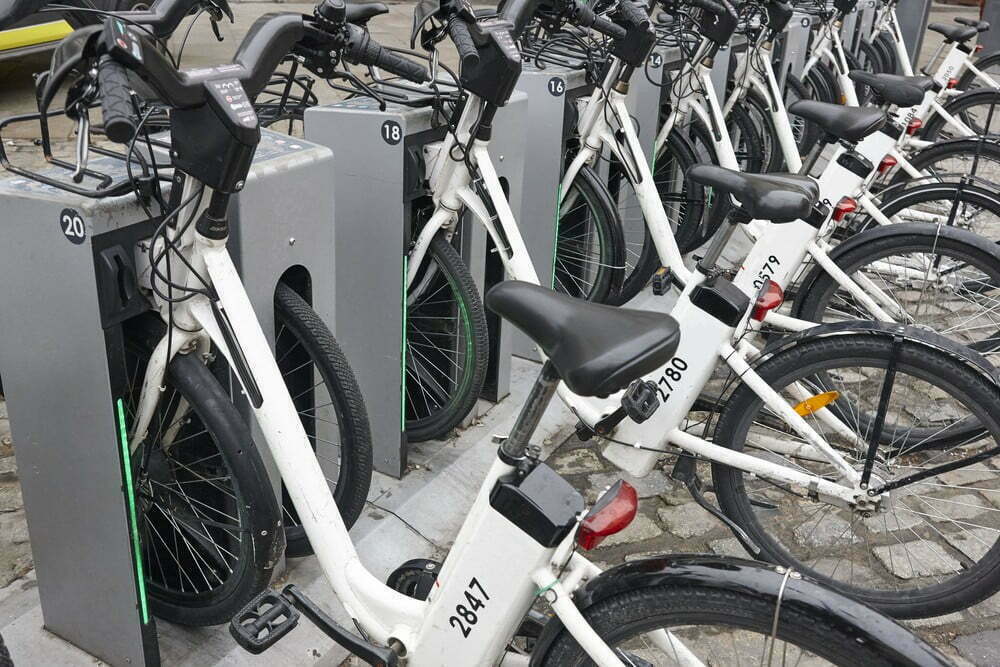













![Best Batteries for Electric Bikes in [year] 7 Best Batteries for Electric Bikes in 2026](https://www.gadgetreview.dev/wp-content/uploads/best-battery-for-electric-bike.jpeg)
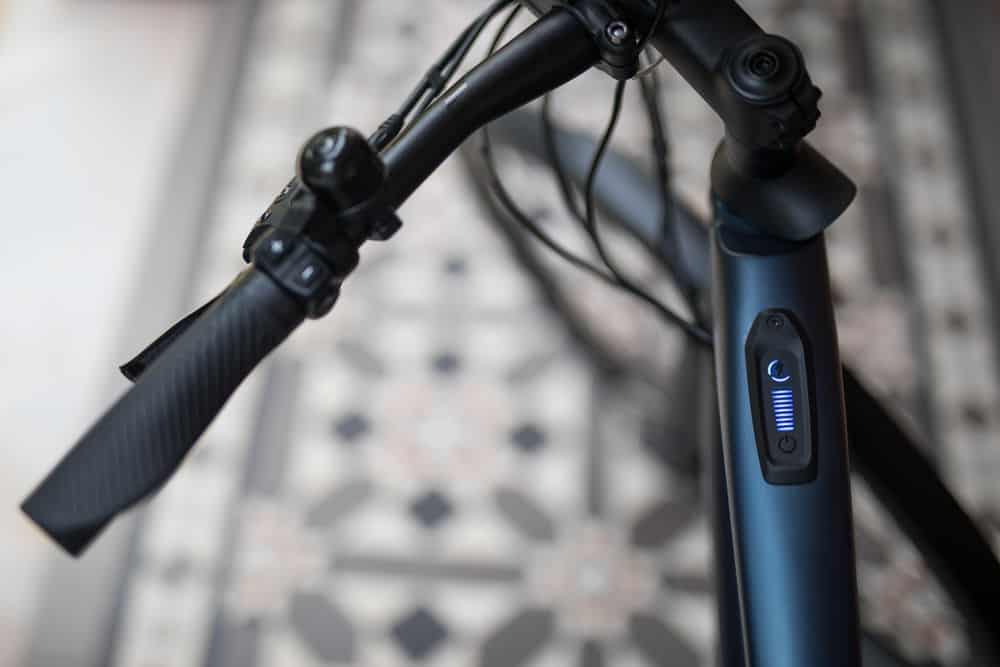
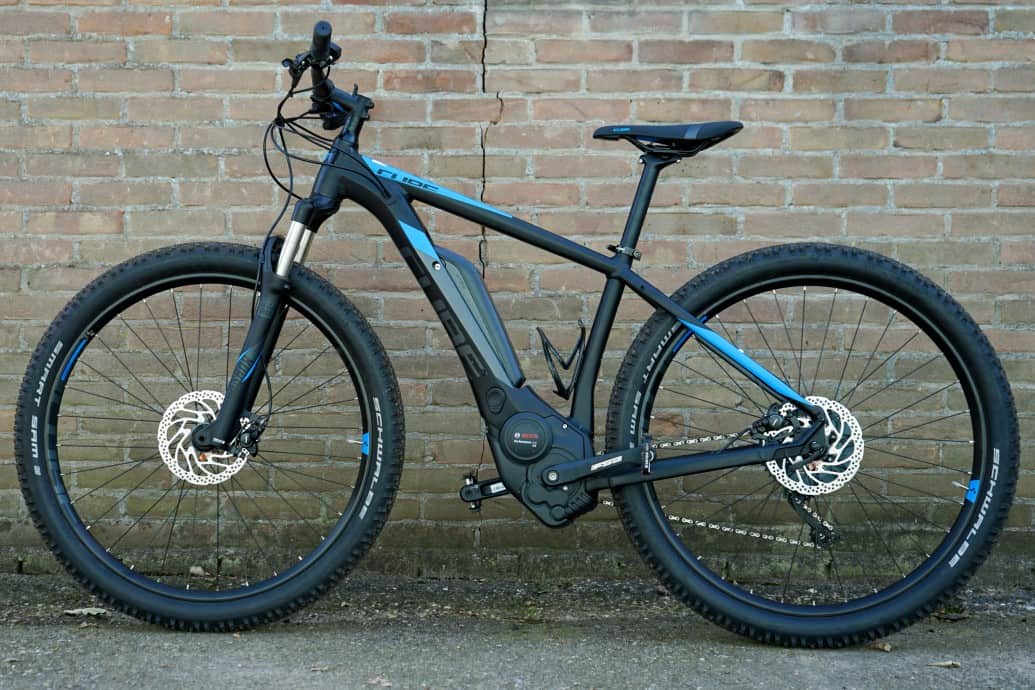
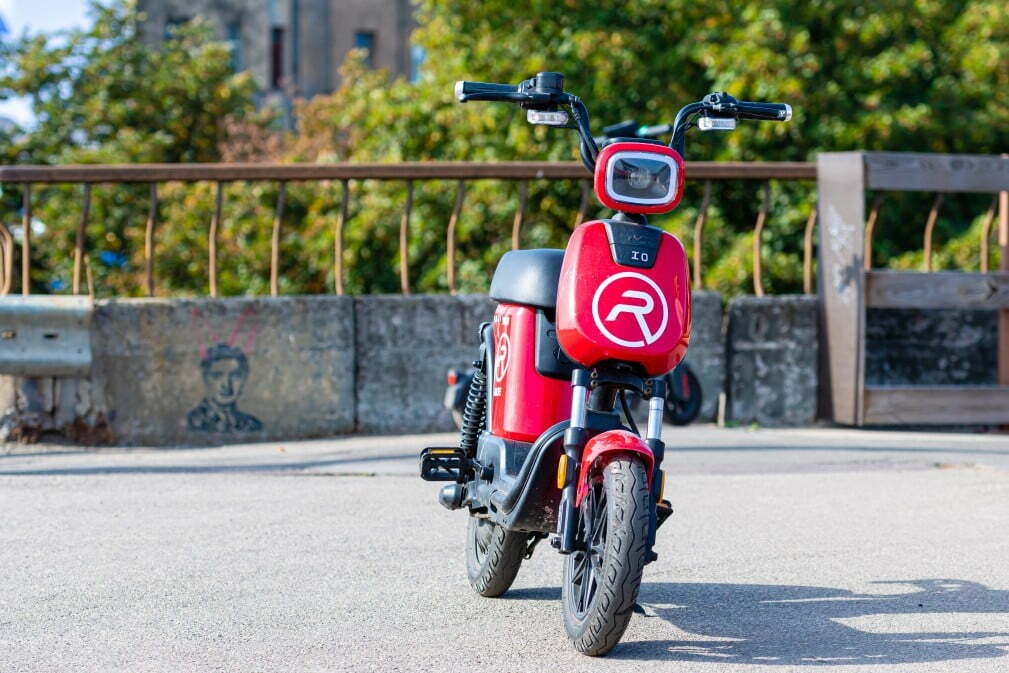
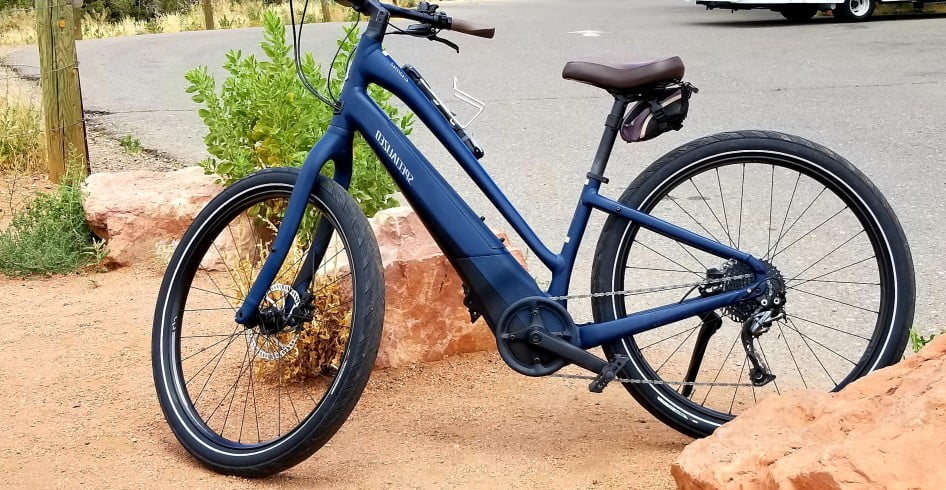
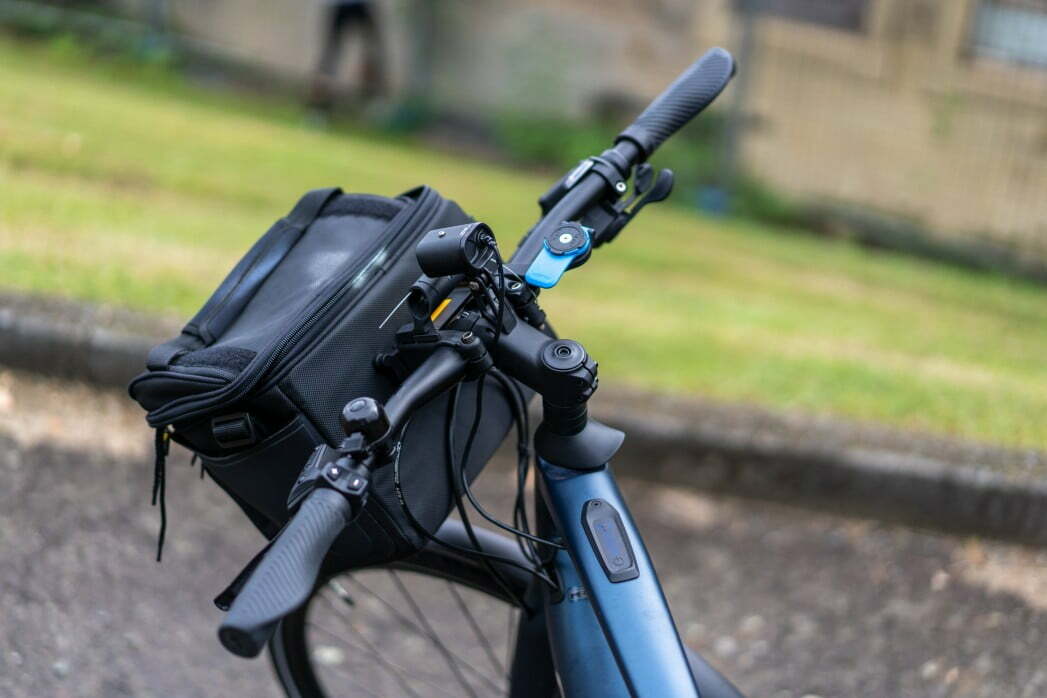
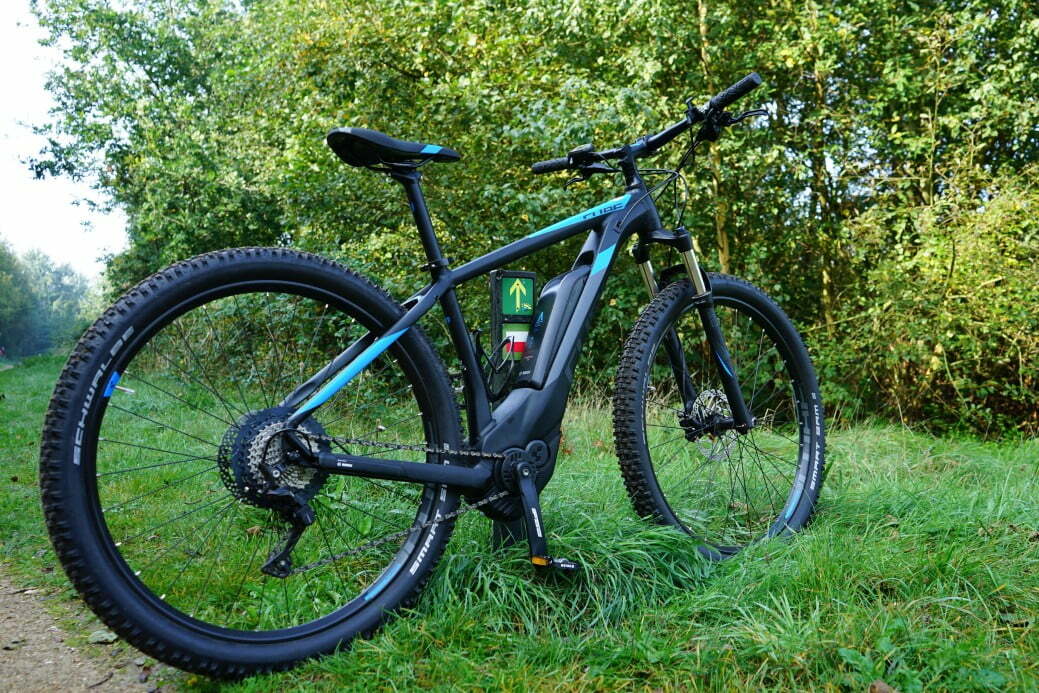

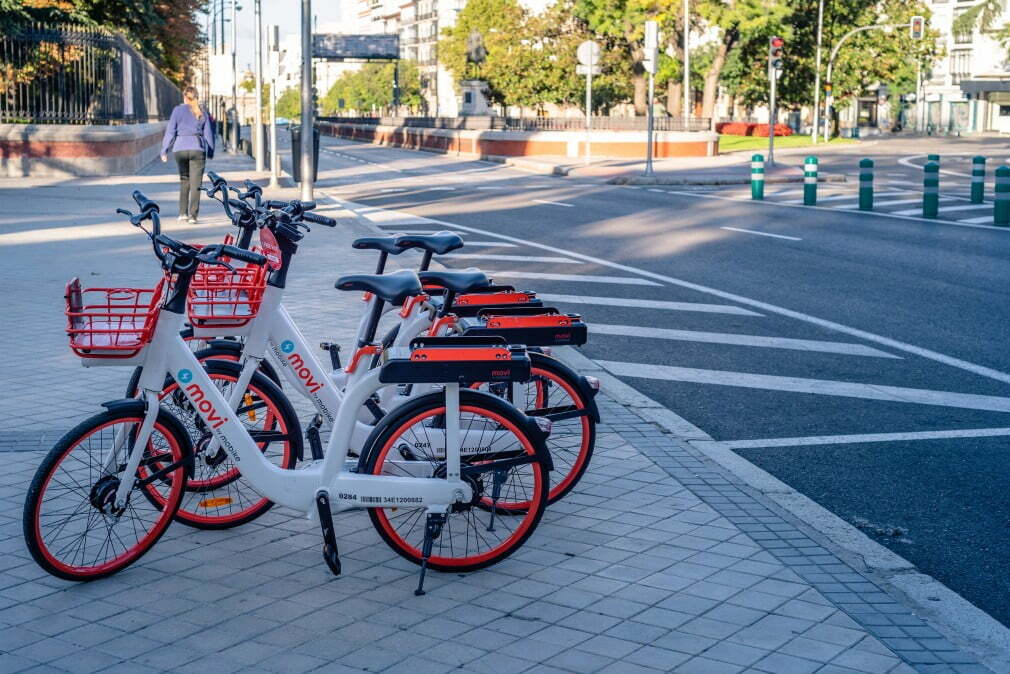
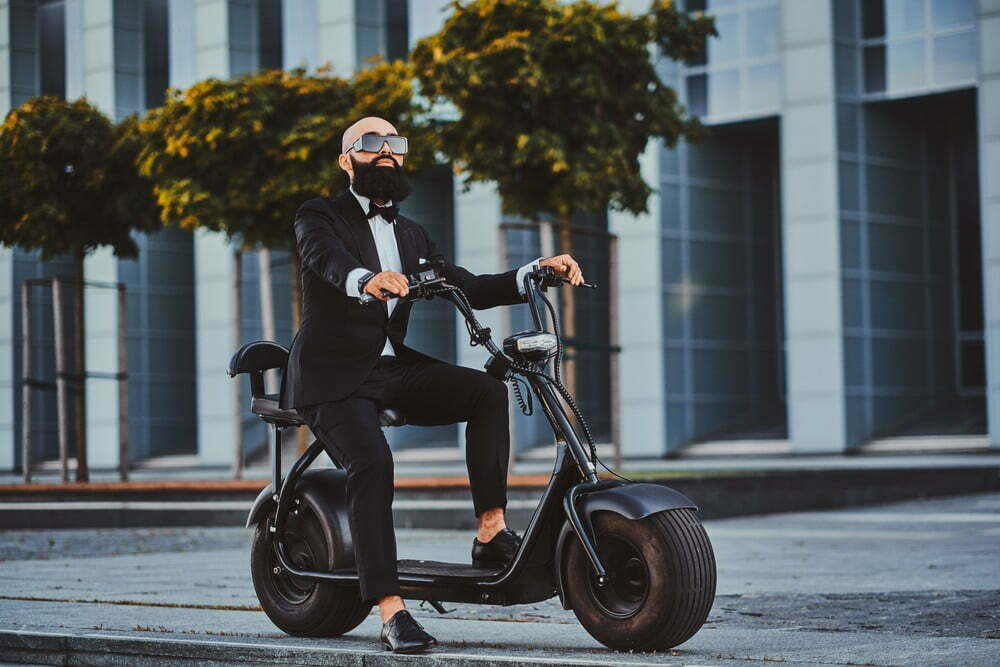
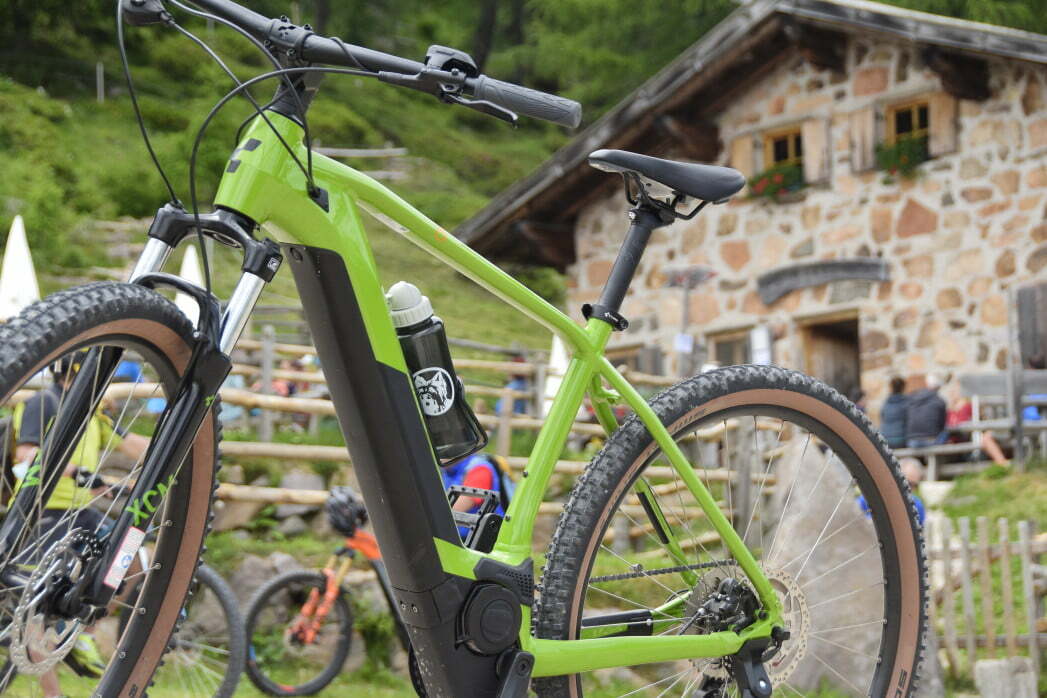
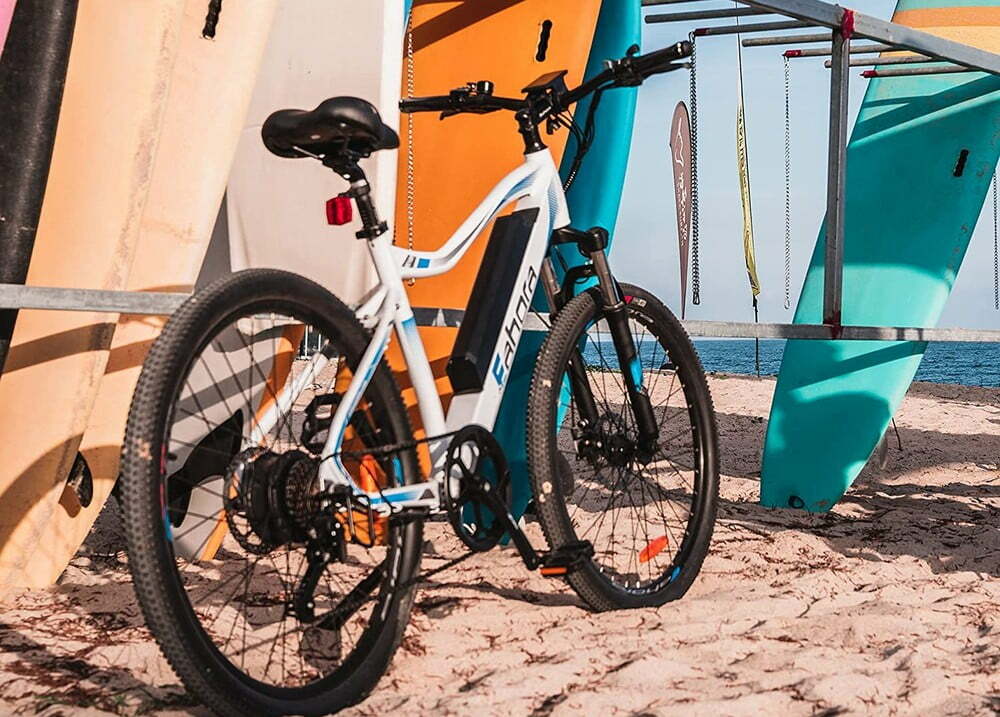
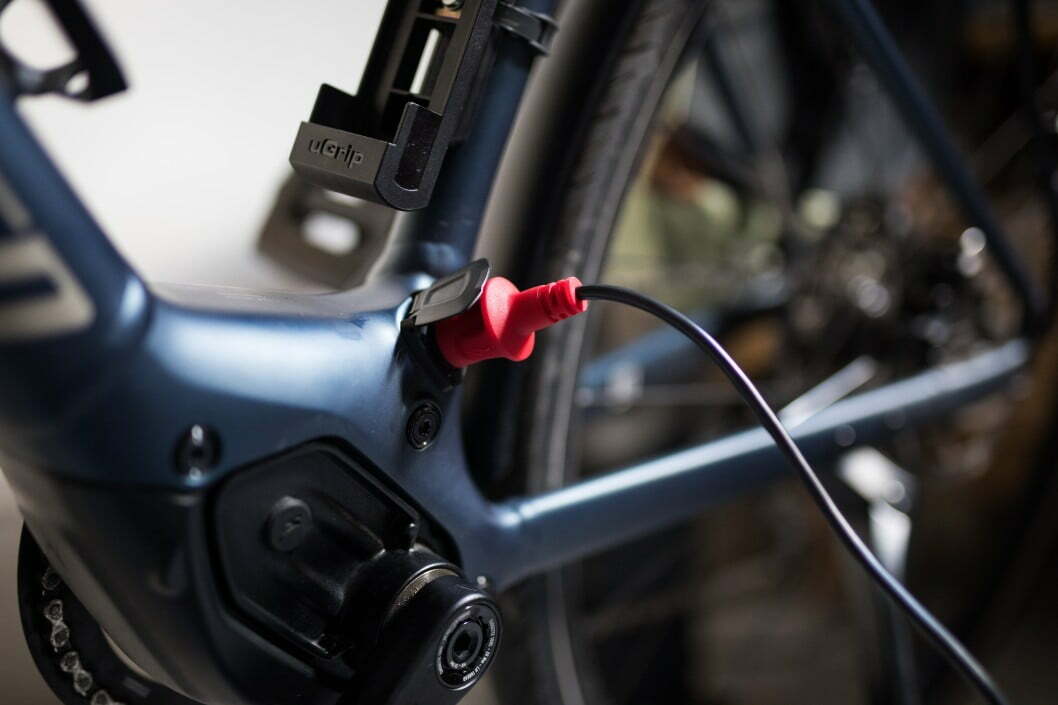
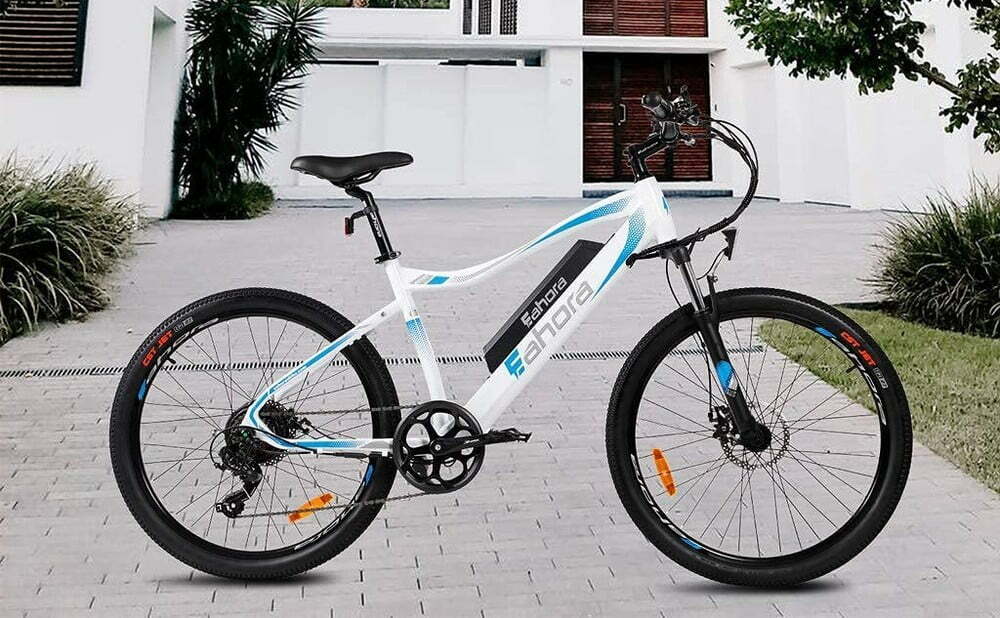
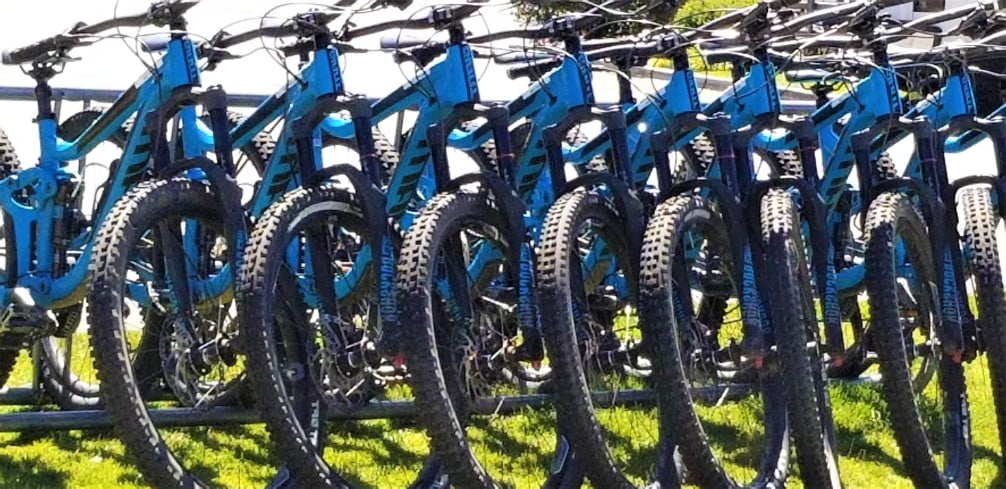

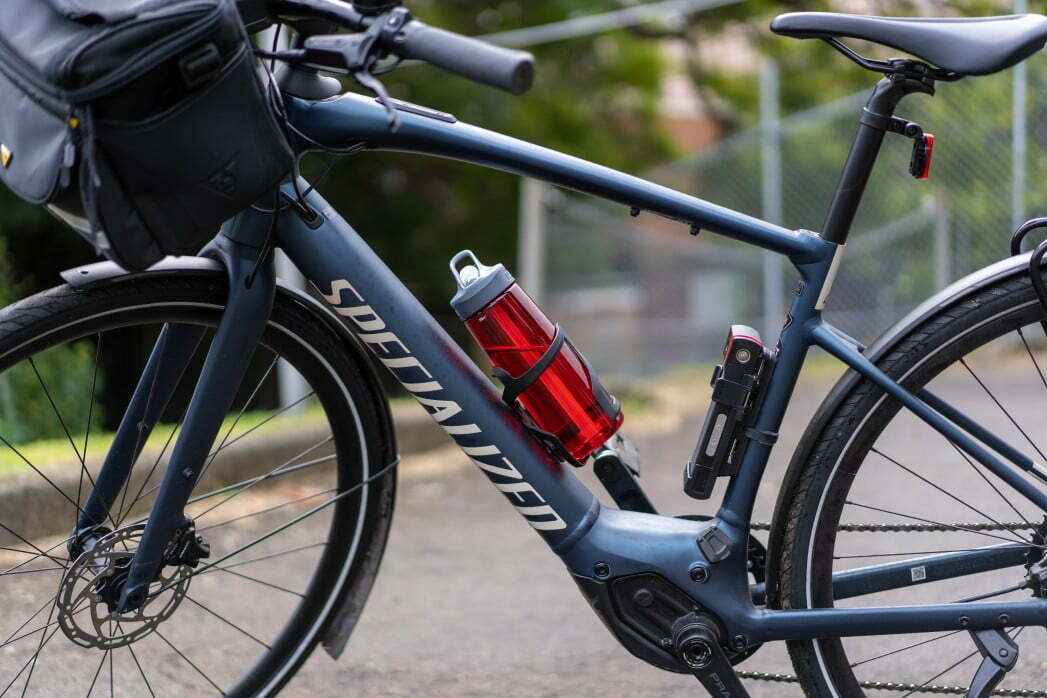
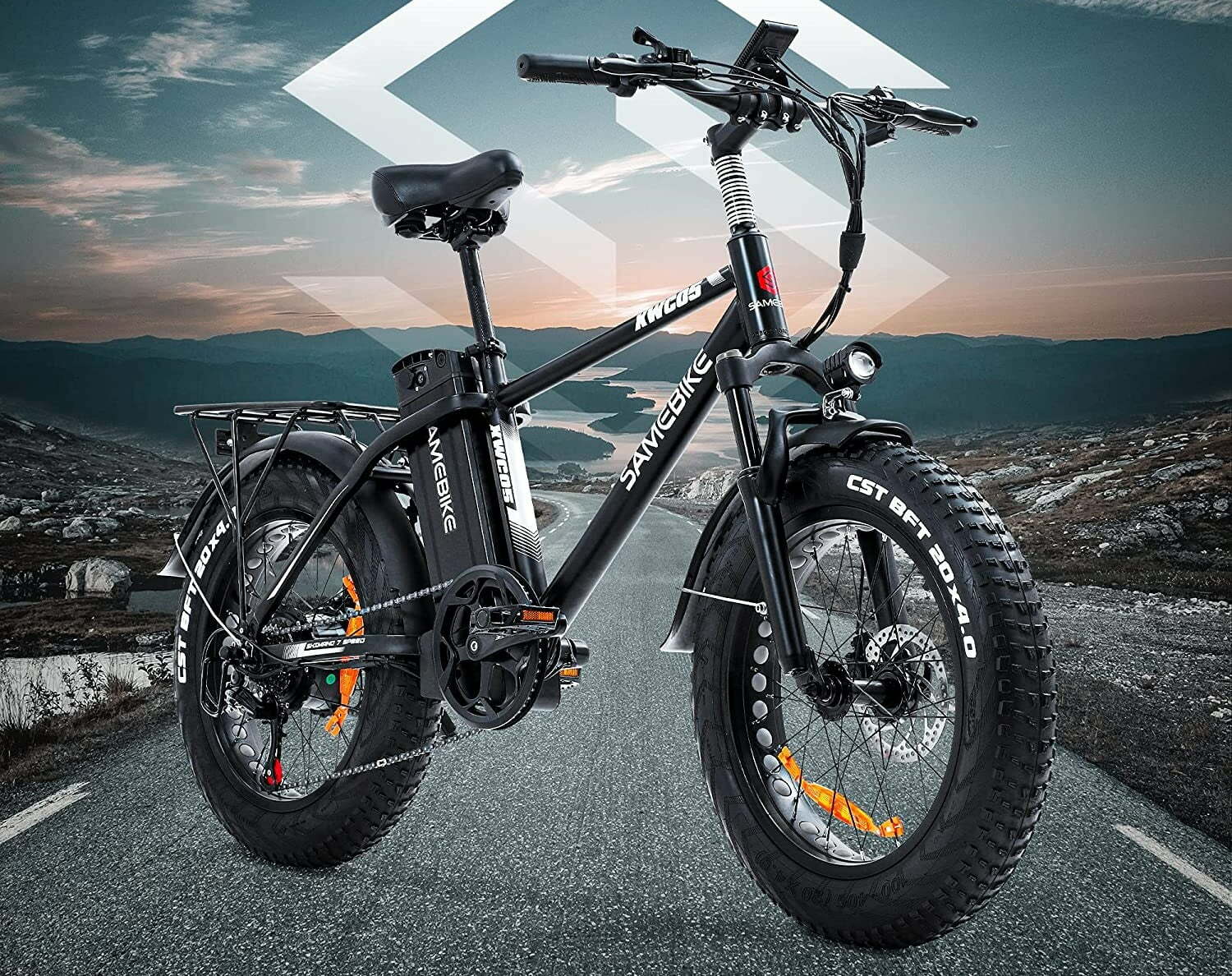
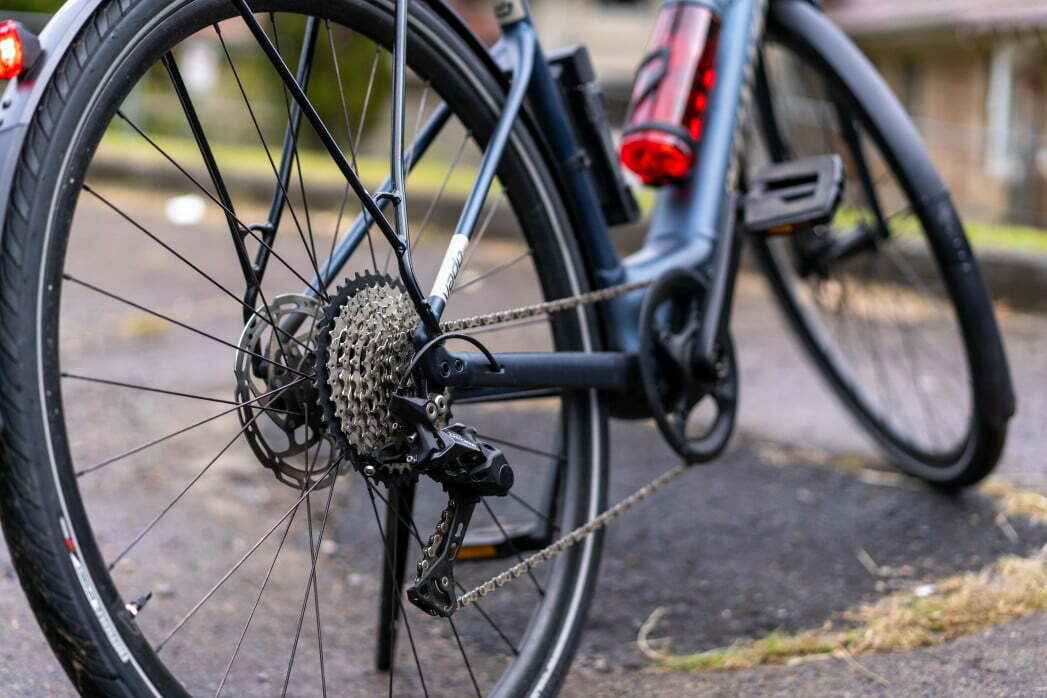
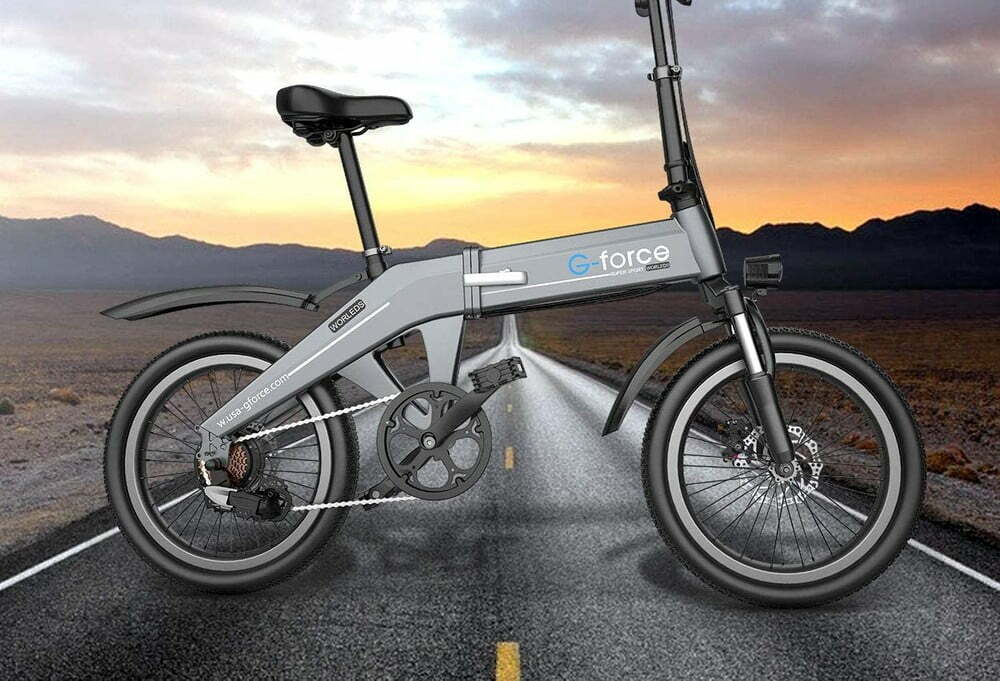
![Best Electric Bike in [year] ([month] Reviews) 27 Best Electric Bike in 2026 (January Reviews)](https://www.gadgetreview.dev/wp-content/uploads/elby-s9-750x422-1.png)
![Best Bikes in [year] ([month] Reviews) 28 Best Bikes in 2026 (January Reviews)](https://www.gadgetreview.dev/wp-content/uploads/cheapest-electric-bikes-1.jpg)
![Best Front Drive Electric Motor Bikes in [year] 29 Best Front Drive Electric Motor Bikes in 2026](https://www.gadgetreview.dev/wp-content/uploads/best-front-drive-electric-motor-bikes-image.jpg)
![Best Cannondale Electric Bikes in [year] 30 Best Cannondale Electric Bikes in 2026](https://www.gadgetreview.dev/wp-content/uploads/best-cannondale-electric-bikes-image.jpg)
![Best Luna Cycle Electric Bikes in [year] 31 Best Luna Cycle Electric Bikes in 2026](https://www.gadgetreview.dev/wp-content/uploads/Luna-Cycle-Apex-Electric-Bike.webp)
![Best Rad Power Electric Bikes in [year] 32 Best Rad Power Electric Bikes in 2026](https://www.gadgetreview.dev/wp-content/uploads/best-rad-power-electric-bikes-image.jpg)
![Best Rear Drive Motor Electric Bikes in [year] 33 Best Rear Drive Motor Electric Bikes in 2026](https://www.gadgetreview.dev/wp-content/uploads/best-rear-drive-motor-electric-bikes-image.jpg)
![Best Ebike Conversion Kits in [year] 34 Best Ebike Conversion Kits in 2026](https://www.gadgetreview.dev/wp-content/uploads/best-ebike-conversion-kit.jpg)
![Best Electric Bike Locks in [year] 35 Best Electric Bike Locks in 2026](https://www.gadgetreview.dev/wp-content/uploads/best-electric-bike-locks-image.jpg)
![Ebikes with Longest Range in [year] 36 Ebikes with Longest Range in 2026](https://www.gadgetreview.dev/wp-content/uploads/best-ebike-with-longest-range-image.jpg)
![Best Electric Bike Trailers in [year] 37 Best Electric Bike Trailers in 2026](https://www.gadgetreview.dev/wp-content/uploads/best-electric-bike-trailers-image.jpg)
![Best Bike Rack for Electric Bikes in [year] 38 Best Bike Rack for Electric Bikes in 2026](https://www.gadgetreview.dev/wp-content/uploads/best-bike-rack-for-electric-bikes-image.jpg)
![Best Electric Bike Helmets in [year] 39 Best Electric Bike Helmets in 2026](https://www.gadgetreview.dev/wp-content/uploads/best-electric-bike-helmets-image.jpg)
![Best Throttle Electric Bikes in [year] 40 Best Throttle Electric Bikes in 2026](https://www.gadgetreview.dev/wp-content/uploads/best-throttle-electric-bike-image.jpg)
![Lightest Electric Bikes in [year] 41 Lightest Electric Bikes in 2026](https://www.gadgetreview.dev/wp-content/uploads/lightest-electric-bike-image.jpg)
![Best Schwinn Electric Bikes in [year] 42 Best Schwinn Electric Bikes in 2026](https://www.gadgetreview.dev/wp-content/uploads/Electric-Bikes-image.jpg)
![Best All Terrain Electric Bikes in [year] 43 Best All Terrain Electric Bikes in 2026](https://www.gadgetreview.dev/wp-content/uploads/best-all-terrain-electric-bike-image.jpg)
![Best Cheapest Electric Bikes in [year] 44 Best Cheapest Electric Bikes in 2026](https://www.gadgetreview.dev/wp-content/uploads/cheapest-electric-bikes.jpg)
